Japanese Americans have called Utah their home since the late 1800s. They have made important contributions to Utah’s work, religious, legal, and political landscapes.
There were several push and pull factors that drew Japanese immigrants to Utah. Push factors included unemployment, poor economic advancement, and poor living conditions in Japan. American industrialization, which is a process where people start to use machines to do work once done by people, was a pull factor that drew Japanese immigrants to the western United States, where they settled in cities and in farming areas.
Japanese immigrants who moved to Utah from Japan are called Issei, or first generation. Children born in the United States to parents from Japan are known as Nisei, or second generation. Sansei means third generation, and yonsei means fourth generation. Japanese Americans built strong communities through hard work, supporting people through hard times, and contributing their skills and cultures to Utah.
Settling
Japanese immigrants began to settle in Utah in the 1880s. They lived all around the state, including Ogden, Salt Lake, Morgan, Utah Valley, Castle Gate, Moab, and Tooele.
Working
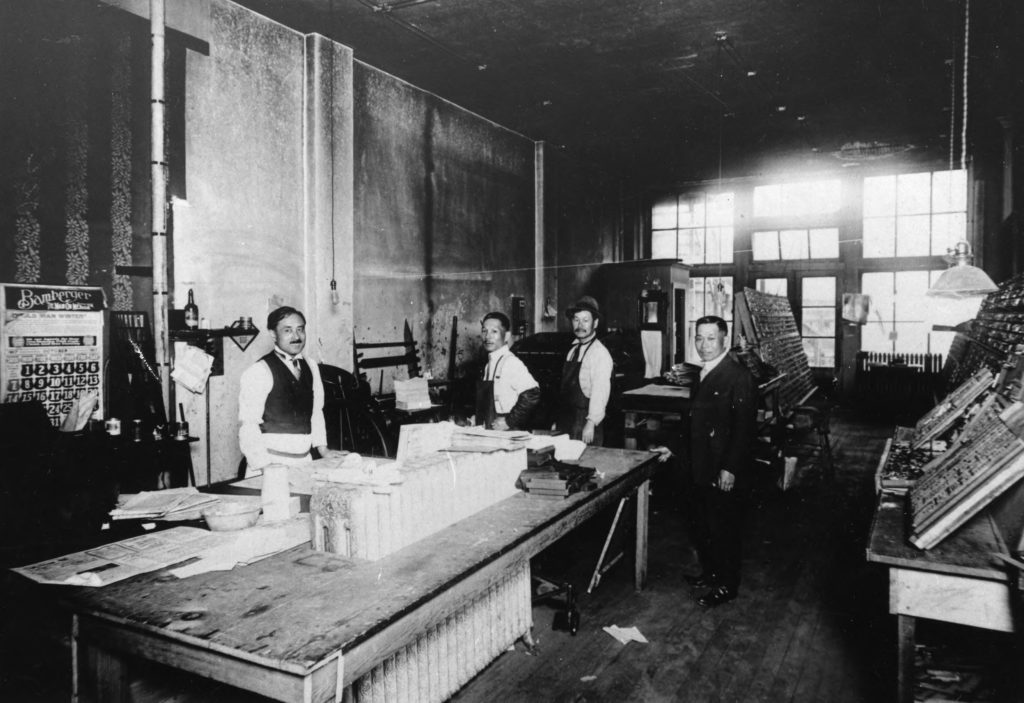
Some Japanese immigrants worked for railroad companies building tracks and doing other jobs. Ogden’s Japanese community lived on the north side of 25th Street, near the railyards. Other Japanese immigrants worked for mining companies in rural Utah mining towns, such as Sunnyside. Some held leadership positions in the mines, or worked as labor agents. Many Japanese immigrants went into farming or ran small businesses.
Japanese Americans organized and attended different churches. Some belonged to Buddhist temples in Salt Lake and Ogden. Others attended the Japanese Church of Christ in Salt Lake City. Some Japanese Americans joined the Church of Jesus Christ of Latter-day Saints.
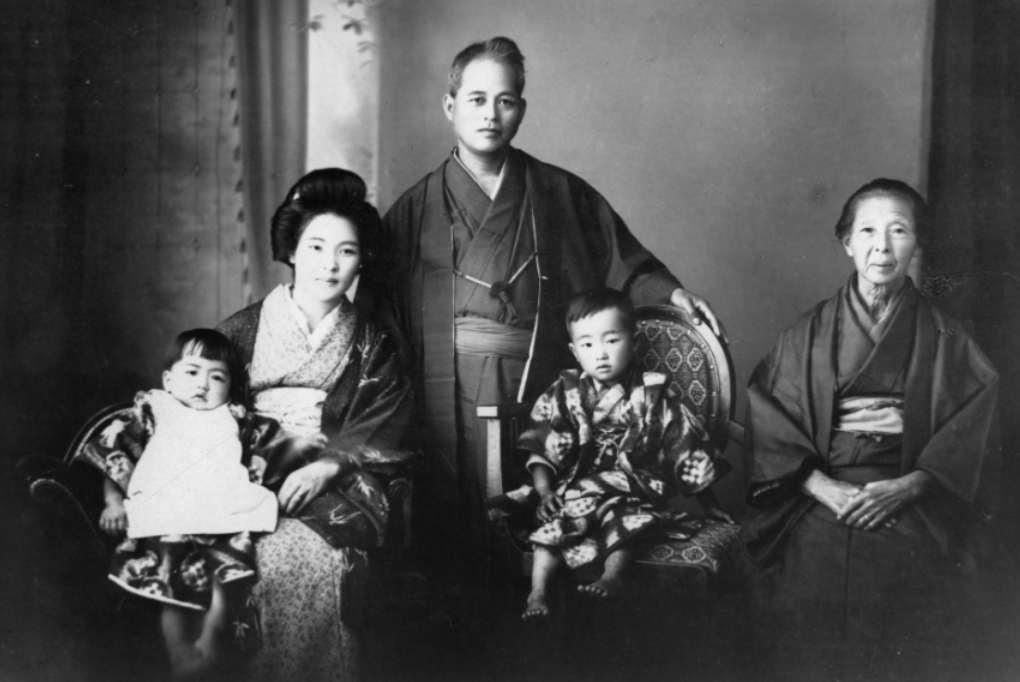
Community Building
Japanese Americans worked together to build communities of support and worship. They published newspapers in Japanese including the Rocky Mountain Times and the Utah Nippo, to share news and information with Japanese Americans across the West. They also organized civic and benevolent societies to help one another and advocate for civil rights and fair treatment. The Japanese American Citizens League (JACL) was founded in 1929 by the children of the Issei. Because they were born in the US they were American citizens. The JACL worked to open a pathway to citizenship for Issei after World War II.
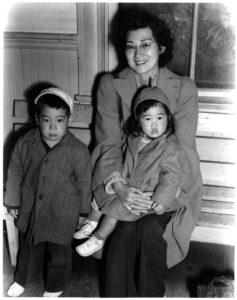
Discrimination and World War II
Just like in other parts of the West, Japanese Americans experienced discrimination in Utah. Federal laws prevented the Issei from becoming citizens until 1952. Most western states prevented Issei from owning land, but Utah’s laws allowed this until World War II.
In 1941, the Japanese military attacked the United States Pacific Fleet at Pearl Harbor, Hawaii. Many Americans blamed or were afraid of Japanese Americans for the bombing, even though it was not their fault. The federal government decided to force all Japanese Americans to live in internment camps or high security prison camps.
The Topaz War Relocation Center, near Delta, Utah, held more than 11,000 Japanese Americans during World War II. Although Topaz was very dry and sandy, the internees grew crops and had a pig farm. They published a newspaper and worked in the camp hospital, store, and schools. Children went to school and played sports. Even after they left Topaz, they continued to experience severe discrimination in many parts of the country. Many Americans were angry about the war for a long time after it ended.
After World War II
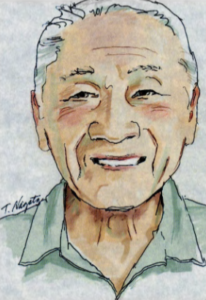
After World War II, many Japanese Americans resettled in Utah. Some continued to work in agriculture, growing prized celery and strawberry varieties. Others were doctors, dentists, lawyers, teachers, social workers, and architects. Some became politicians or public servants.
Wat Misaka, who was born and raised in Ogden before the war, became the first person of color in America to play professional basketball. He played for the University of Utah before he was recruited to the New York Knicks. Similarly, Raymond Uno became the first member of a minority group to serve as a judge in Utah. He worked to uphold and protect the rights of all Utahns.
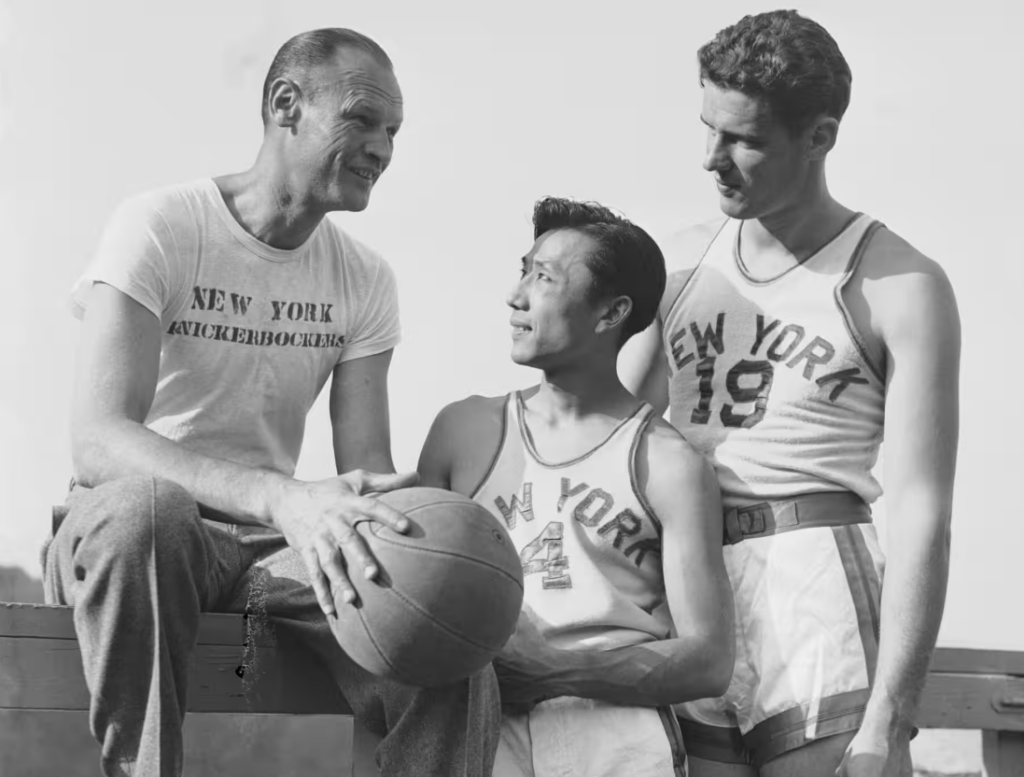
Today
Today, Utah has a thriving Japanese American community. Many Japanese American Utahns participate in cultural festivals held throughout the year. Despite all the hardships they faced moving and working in Utah, Japanese Americans built strong communities. They worked hard, preserved their culture and identity, helped others, and made important contributions to Utah’s social, cultural, and political life.
Keep Exploring!
Return to the Communities home page here.
Return to the I Love Utah History home page here.